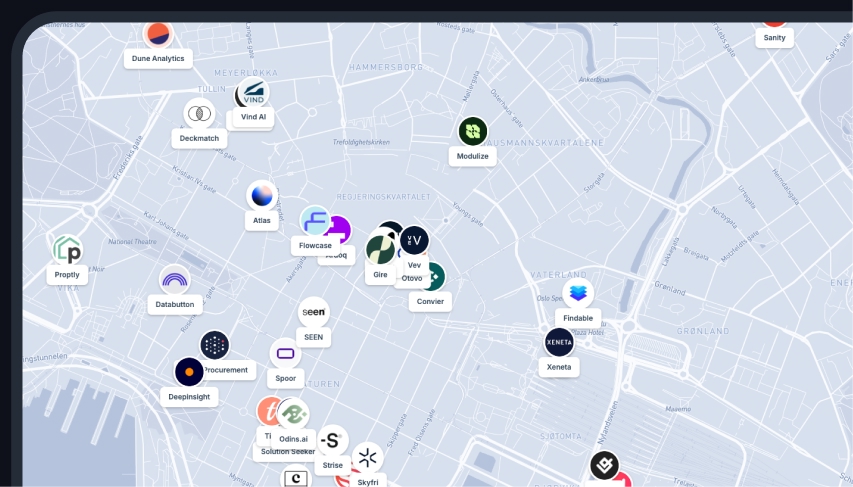GeoTIFF
A metadata standard which allows georeferencing information to be embedded within a TIFF file.
GeoTIFF is a specific type of data format provided in Geographic Information System (GIS). This format is popular due to its ability to store raster images that are associated with satellite data, aerial photography, and even scanned maps. These metadata files are mostly used in GIS software and satellite imaging.
GeoTIFF stands for Geographic Tagged Image File Format. As its name, it is an extension of TIFF (Tagged Image File Format) that has been georeferenced for use in a GIS platform. The TIFF part of the GeoTIFF file format suggests that images stored under this format are high-quality raster images. This is due to the superior characteristics of TIFF files that include capabilities of storing image data in a lossless format, thus preserving the highest possible image quality.
The "Geo" in GeoTIFF distinctly refers to the georeferencing metadata that these files contain. Georeferencing is a process of associating an image or a map with its geospatial location on the earth's surface. The geospatial information can be in terms of coordinates embedded within the TIFF file, assigning a real-world location to each pixel in the raster. This permits users to overlay these raster maps over vector data with geographic locations such as highways, towns or borders, providing necessary spatial context to the raster data.
Work faster with spatial data
Easily import data, automate analysis and build spatial apps for the web, all within a single software.
GeoTIFF files also utilize a scalar or Projected Coordinate System (PCS). This system uses units such as feet or meters rather than Geographic Coordinate Systems (GCS) that use latitude and longitude. This allows users to utilize the spatial data to perform detailed analyses such as distance calculations and other spatial operations.
The process of creating a GeoTIFF involves encoding the geographic information directly into the raster image data. This means that the georeferencing information is not separate from the image data, but rather part of the same file. This is an advantage in terms of preserving the geographic context of the image data, but it also carries implications for the size of the files.
In terms of file size, GeoTIFFs are, necessarily, larger than standard TIFFs. This is due to the inclusion of additional metadata. However, due to the high quality of the images and the embedded geospatial data, the benefits generally outweigh this downside for most users running GIS applications.
Overall, with superior image quality and detailed geospatial information, GeoTIFF files provide an interdisciplinary approach that combines visual representation of Earth's features with precise geographic locations. This makes them an invaluable tool for remote sensing applications, urban planning, landscape analysis and various other geographical studies. The detail and accuracy which GeoTIFF provides offers integration capabilities between different types of geospatial data, thereby enhancing the understanding of spatial patterns and relationships.
